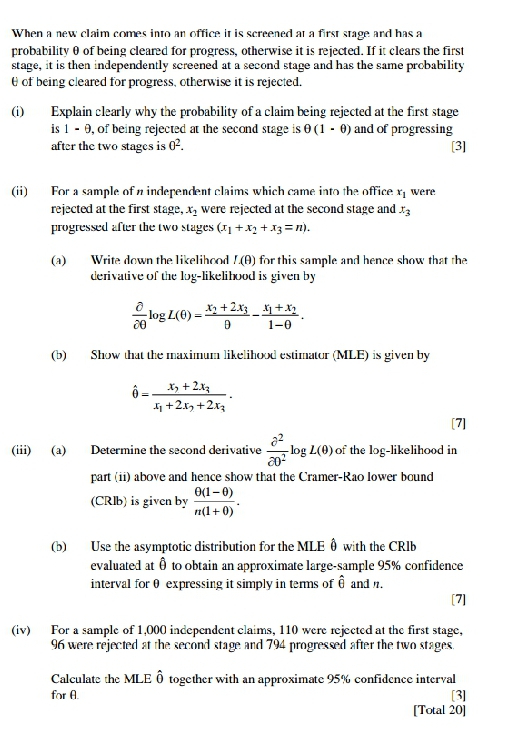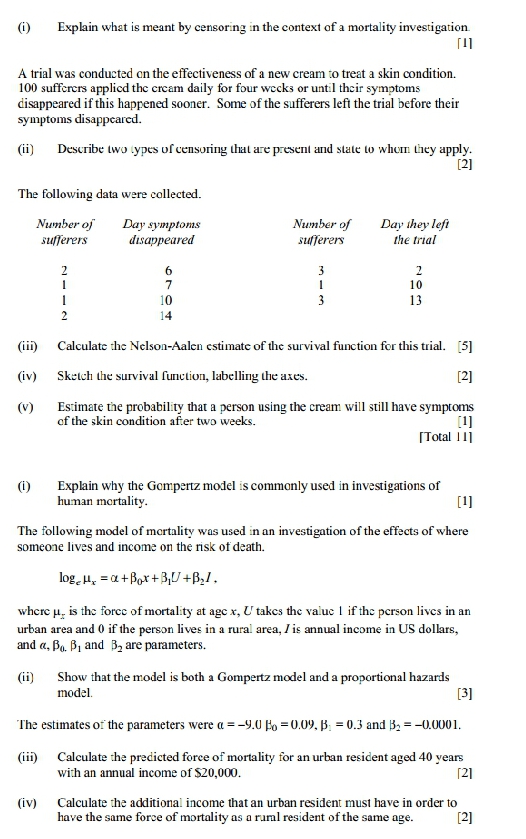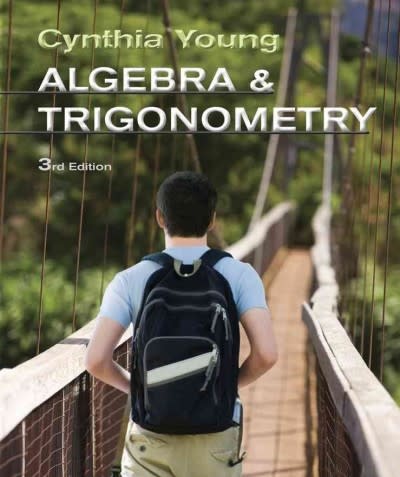Kindly solve
When a new claim comes into an office it is screened at a first stage and has a probability 0 of being cleared for progress, otherwise it is rejected. If it clears the first stage, it is then independently screened at a second stage and has the same probability e of being cleared for progress, otherwise it is rejected. (1) Explain clearly why the probability of a claim being rejected at the first stage is 1 - 9, of being rejected at the second stage is 0 (1 - 0) and of progressing after the two stages is 02. [3] (Hi) For a sample of n independent claims which came into the office r, were rejected at the first stage, x, were rejected at the second stage and $3 progressed after the two stages ( + x + 3 = 1). (a) Write down the likelihood /(0) for this sample and hence show that the derivative of the log-likelihood is given by " log Z(0) =M+2x3 _ M+1 1 D 1-0 (b) Show that the maximum likelihood estimator (MLE) is given by 1 +217 + 2.x4 [7] (iii) (a) Determine the second derivative log L(0) of the log-likelihood in part (ii) above and hence show that the Cramer-Rao lower bound (CRIb) is given by 0(1 -0) "(1 + 0) (b) Use the asymptotic distribution for the MLE 0 with the CRIb evaluated at 0 to obtain an approximate large-sample 95% confidence interval for 0 expressing it simply in terms of e and n. [7] (iv) For a sample of 1,000 independent claims, 110 were rejected at the first stage, If were rejected at the second stage and 794 progressed after the two stages. Calculate the MLE O together with an approximate 95% confidence interval for A. [3] [Total 20](i) Explain what is meant by censoring in the context of a mortality investigation A trial was conducted on the effectiveness of a new cream to treat a skin condition. 100 sufferers applied the cream daily for four wecks or until their symptoms disappeared if this happened sooner. Some of the sufferers left the trial before their symptoms disappeared. (ii) Describe two types of censoring that are present and state to whom they apply. [2] The following data were collected. Number of Day symptoms Number of Day they left sufferers disappeared sufferers the trial 6 2 10 10 13 14 (ii) Calculate the Nelson-Aalen estimate of the survival function for this trial. [5] (iv) Sketch the survival function, labelling the axes. [2] (V) Estimate the probability that a person using the cream will still have symptoms of the skin condition after two weeks. [1] [Total 1 1] (1) Explain why the Gompertz model is commonly used in investigations of human mortality. [1] The following model of mortality was used in an investigation of the effects of where someone lives and income on the risk of death. log, H, = 0 + Box+ 3,U +By/. where u. is the force of mortality at age x, U takes the value I if the person lives in an urban area and 0 if the person lives in a rural area, / is annual income in US dollars, and a, Bo. B, and By are parameters. Show that the model is both a Gompertz model and a proportional hazards model. [3] The estimates of the parameters were a = -9.0 Ho =0.09. B = 0.3 and By = -0.0001. (iii) Calculate the predicted force of mortality for an urban resident aged 40 years with an annual income of $20,000. 121 (iv) Calculate the additional income that an urban resident must have in order to have the same force of mortality as a rural resident of the same age. [2]








